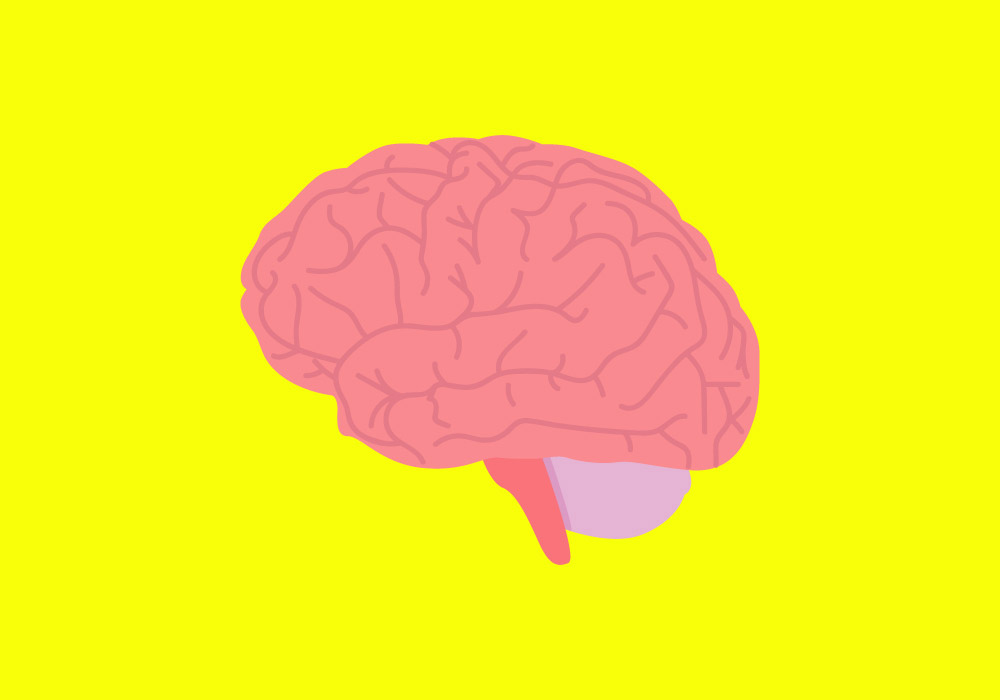
About one in 68 children born in the U.S. are diagnosed with autism spectrum disorder, the developmental disorder that affects a number of brain functions—most notably children’s ability to socialize and communicate. Because the first signs of autism aren’t obvious until children start talking and interacting with others, doctors can’t definitively diagnose the condition until babies are about two years old, when language and social skills start to emerge.
Experts say that may be too late in terms of treating or minimizing the effects of autism, since whatever brain changes responsible for them have already taken place. However, a new report in the journal Nature may give worried parents new hope.
Heather Cody Hazlett, a psychologist at the Carolina Institute of Developmental Disabilities at the University of North Carolina, and her colleagues used brain scans to come up with a formula for predicting which babies, from as young as six months old, might be at higher risk of developing autism. The team focused their work on babies with older siblings diagnosed with autism; these brothers and sisters have a 20% higher risk of also developing autism, compared to newborns without affected siblings. Hazlett took MRI scans of the babies at six months, 12 months and 24 months to track any changes. They then matched the scans with autism diagnoses when the infants were two years old.
The researchers found that children who ended up being diagnosed with autism had brains that looked very different from those who did not develop the condition. In the infants with autism, the nerve cells in the cortex of the brain, which receives incoming information from the environment, including sights, smells and sounds, grew and expanded at a blistering pace between six and 12 months. That rapid growth led to more brain surface in these children, which in turn contributed to faster growing brains in their first year of life. By the time these children were two years old, when the first symptoms of autism emerge, their brains had already experienced a different growth pattern than those of kids who weren’t affected by autism.
“The greatest implication of this work is that it pinpoints that brain differences in autism are happening in the first year of life,” says Hazlett.
While other studies have relied on brain scans to document differences in brain size and nerve growth in children with autism, most have not tracked the same children from infancy to their diagnosis. Instead, they compared different babies at six months to different toddlers at two years old for insight into changes during that time.
Because the 318 children from high-risk families for autism and the 117 from low-risk families in the current study were scanned periodically during their first two years of life, Hazlett’s team was able to analyze the data and look for patterns that set the autistic brain measurements apart. Based on that information, they came up with a formula for predicting which babies, beginning at six months or so, were more likely to develop autism by age two. When they used the algorithm in a separate group of infants at one year old who had siblings with autism, it accurately predicted that eight out of 10 of them would be diagnosed with autism.
The formula needs to be validated by testing it in more infants, but it could be the foundation for a new way of understanding which babies might be at high risk of the developmental disorder. Hazlett sees the algorithm being most useful for families with older siblings already diagnosed with autism; knowing that a younger sibling is at higher risk as well may give the family more time to take advantage of behavioral therapies that could help to lessen the symptoms of the condition and perhaps even “normalize” autistic brains. Studies show that some learning programs may help minimize some of the learning and communication symptoms of autism, but only if they are begun early in the infant’s life.
The results could also get more doctors and parents to appreciate that autism spectrum disorders represent an ongoing change in children’s development, rather than a one-time event that switches the disease on. “This is an unfolding development process,” says Dr. Joseph Piven, director of the Institute and senior author of the paper. “”We need to begin to think of autism more in that way. We can’t compare two year olds and six year olds; we need to really look specifically at changes over time.”
More Must-Reads from TIME
- Donald Trump Is TIME's 2024 Person of the Year
- Why We Chose Trump as Person of the Year
- Is Intermittent Fasting Good or Bad for You?
- The 100 Must-Read Books of 2024
- The 20 Best Christmas TV Episodes
- Column: If Optimism Feels Ridiculous Now, Try Hope
- The Future of Climate Action Is Trade Policy
- Merle Bombardieri Is Helping People Make the Baby Decision
Contact us at letters@time.com